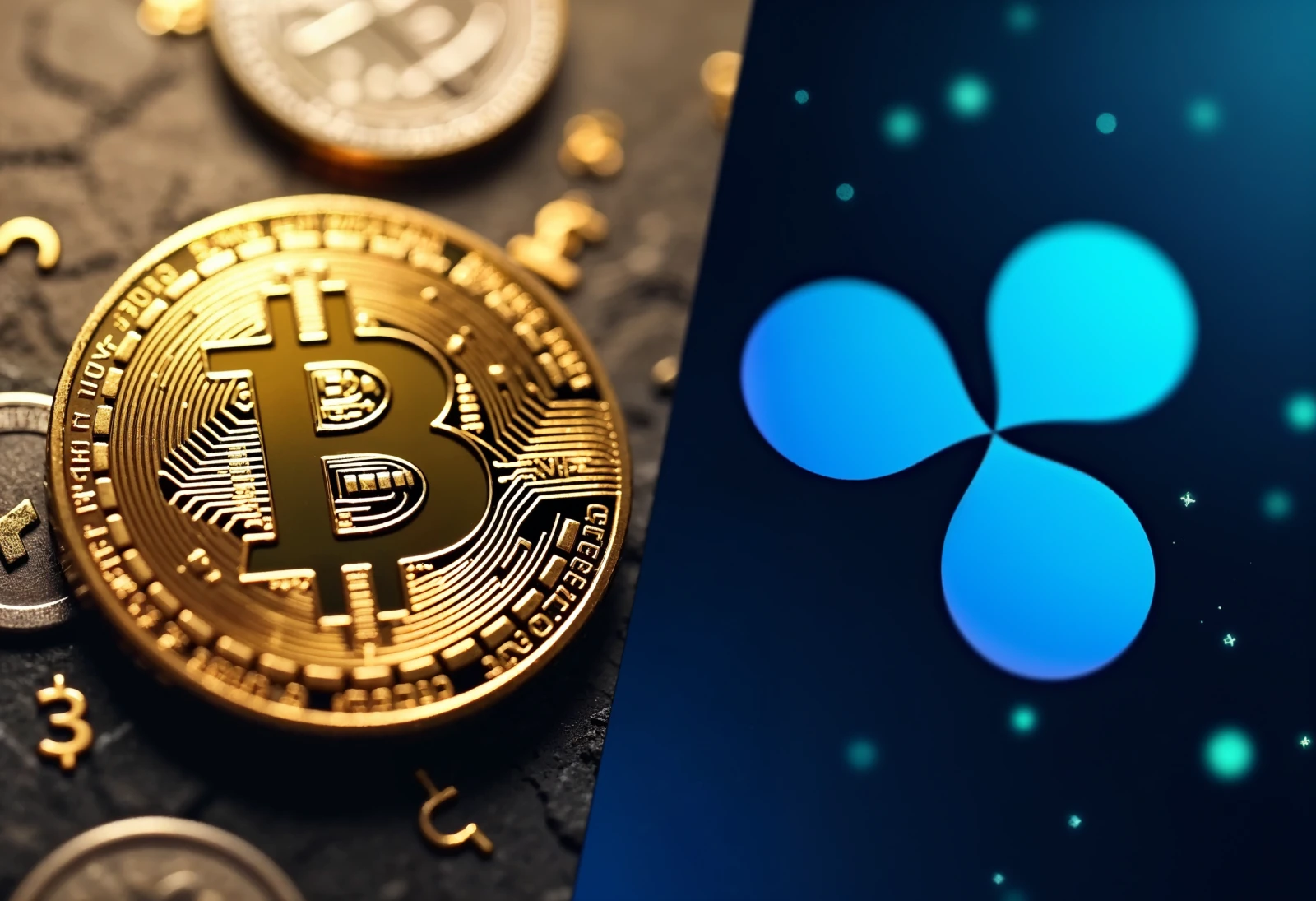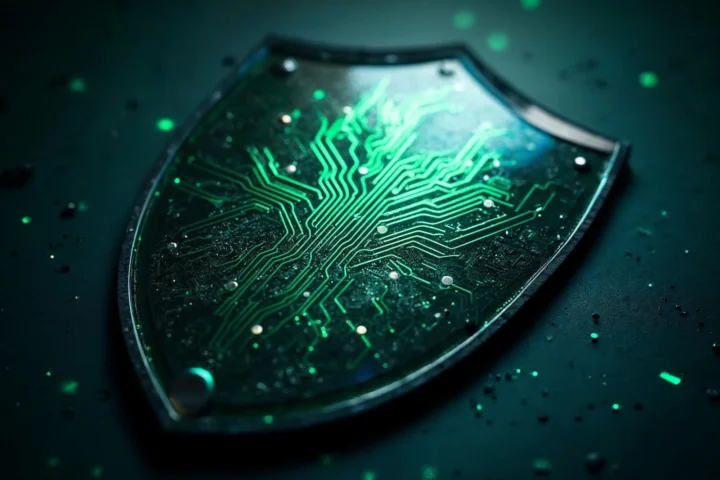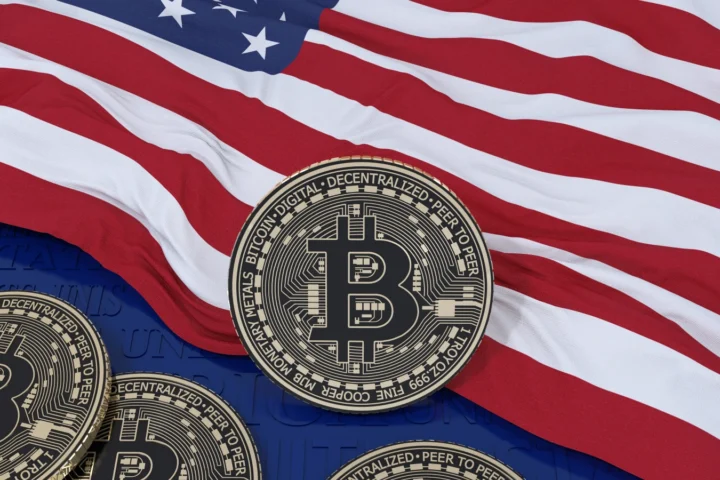Ripple and Bitcoin are two prominent cryptocurrencies with distinct purposes and characteristics. While Bitcoin is a decentralized digital currency, Ripple is a payment settlement system targeting banks and financial institutions.
History and Purpose
Ripple was launched in 2012, three years after Bitcoin, with a focus on creating a payment system for banks and financial institutions. Founded by Jed McCaleb, Chris Larsen, and Arthur Britto, Ripple aimed to improve cross-border payments and reduce transaction times. In contrast, Bitcoin was developed as a decentralized digital currency, designed to bypass traditional financial systems. While Bitcoin’s purpose is to facilitate peer-to-peer transactions, Ripple’s goal is to enhance the efficiency of international payments and settlements.
Ripple’s Advantages over Bitcoin
Ripple’s faster transaction speeds, lower fees, and higher scalability make it an attractive alternative to Bitcoin for cross-border payments and settlements.
Faster and Cheaper Transactions
Ripple’s transaction speed is significantly faster than Bitcoin’s, with an average transaction time of 2-5 seconds compared to Bitcoin’s 10-30 minutes. This is due to Ripple’s consensus algorithm, which allows for faster processing of transactions. Additionally, Ripple’s transactions are cheaper, with an average cost of $0.004 per transaction, whereas Bitcoin’s transaction fees can be as high as $10 or more.
This makes Ripple a more appealing option for cross-border payments and settlements. Overall, Ripple’s faster and cheaper transactions give it a competitive edge over Bitcoin in terms of usability and practicality.
Ripple’s Market Performance
Ripple’s market capitalization has grown significantly, outperforming Bitcoin in certain periods, with its XRP token experiencing rapid price increases and high trading volumes.
Outperforming Bitcoin
In 2024, Ripple’s XRP token outperformed Bitcoin, with its value increasing by 8% in a single day, surpassing Bitcoin’s growth rate. This surge in value was largely due to Ripple’s focus on cross-border payments and its adoption by major financial institutions. The token’s scalability and faster transaction times have made it an attractive option for investors. As a result, XRP has gained significant ground on Bitcoin, leading many to wonder if it could potentially surpass the leading cryptocurrency.
The XRP Ledger and Token Supply
The XRP Ledger is a decentralized, open-source blockchain that enables fast and cheap transactions, with a total supply of 100 billion XRP tokens.
Consensus Algorithm and Token Distribution
Ripple’s consensus algorithm, known as the Ripple Protocol Consensus Algorithm (RPCA), is a novel approach that differs from Bitcoin’s proof-of-work (PoW) mechanism. RPCA relies on a network of trusted validators, which ensures faster and more energy-efficient transactions. In terms of token distribution, Ripple’s founders created 100 billion XRP tokens, with 80 billion allocated to fund future operations and development.
The remaining 20 billion XRP were divided among the founders, who can use them to incentivize network growth and development. This pre-mined token supply distinguishes Ripple from Bitcoin’s mining-based token creation process.
Bitcoin vs Ripple: Use Cases
Bitcoin is designed for peer-to-peer transactions and store of value, while Ripple focuses on cross-border payments and liquidity provision for financial institutions.
Decentralized Currency vs Payment Settlement
The primary difference between Bitcoin and Ripple lies in their underlying purposes. Bitcoin is a decentralized digital currency designed to facilitate peer-to-peer transactions, eliminating the need for intermediaries. On the other hand, Ripple is a payment settlement system focused on providing a fast and efficient way for banks and financial institutions to transfer funds globally. This distinction in purpose has led to varying characteristics, such as transaction speed, scalability, and energy consumption, that set the two cryptocurrencies apart.
The Future of Ripple and Bitcoin
The future of Ripple and Bitcoin is uncertain, but both have potential for growth, with Ripple’s focus on cross-border payments and Bitcoin’s decentralized nature.
Competition and Coexistence
The rise of Ripple and XRP has sparked debates about its potential to surpass Bitcoin. While some predict XRP could be the next Bitcoin, others believe they can coexist. The correlation between XRP and BTC prices suggests a competitive relationship, but both have unique strengths. Ripple’s focus on payment settlement and cross-border transactions complements Bitcoin’s decentralized currency model.
As the crypto market evolves, it’s possible that Ripple and Bitcoin will find ways to collaborate, driving innovation and adoption. Ultimately, the future of these cryptocurrencies will depend on their ability to adapt and meet the needs of users and institutions.










